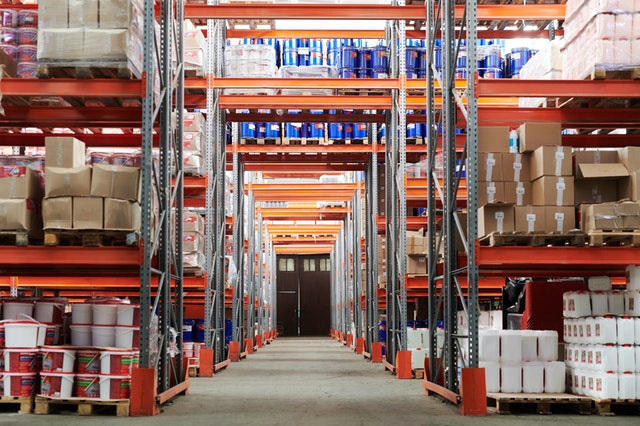
Tips for optimizing warehouse effectively
.
Warehousing is an important part of Supply Chain Management. So what are the tips for optimizing warehouse effectively, that we can refer to?
.
-
Storage system
.
State-of-the-art warehouse management software can help you identify each of the racks, crates, columns, and warehouses in your warehouse. You can quickly see where each of your recent shipments has been lined up.
Another angle to consider is the physical requirements of the products you will have to handle. It’s important to make the size of your storage space an important part of your identity model. Bulky, heavy or unevenly shaped items have their own requirements to avoid mishandling and damage. When you come up with a storage system for your repository, it’s important to pay attention to the following:
– Whenever appropriate, your system will help employees easily practice “FIFO”. Even transport of non-perishable goods should be prioritized by the time it is already in your warehouse.
– The quality of your barrels can create or disrupt productivity. Long and slender products should be properly folded. This minimizes employee efforts to retrieve them and reduces the chances that products are folded into different items or in a way that invites damage.
– With a system that stores and labels or uses third-party solutions is your chance to build something as proof in the future as you can manage. Think about the nature of the products you will handle. Put yourself in the place of the picker and packer. When employees at any step in a multi-partner business enjoy simple workflows and easy inventory navigation, the benefits to morale and productivity can be felt throughout the supply chain.
.
-
Tracking assets and goods
.

.
Are you worried about tracking tools, devices, and other assets? Your shipments may require special shipping containers, such as cooling containers or plastic pallets. These are items you want to be able to recover easily without replacing them more often than necessary.
Then think about the vehicles – order pickers, forklifts, electric pallet jacks – moving throughout your facility. With all this in motion, it is clear that misplacing even one of them can slow down or stop working in stock.
Thanks to RFID, GPS, near-field communication, and other effective tools, your process managers can easily track every important asset and ensure nothing is missing at critical times. With RFID chips in packaging or on warehouse shelves it is now even possible to track each object – especially the SKU that is most easily lost, mishandled or easily stolen.
.
-
Warehouse layout
.
Changing the warehouse layout can make it difficult for you. You’re right about breaking down the work process your employees used to use. This can also be an opportunity to introduce meaningful changes that improve confidence and accuracy in their work, today and in the future. There are several highlights of the thoughtful warehouse layout like prioritising shelf space according to sales volume, make sure the traffic patterns are clearly marked, find a balance between length and movement for aisles in the stacking area. Long, uninterrupted walkways may seem like a more efficient use of space, but they add to travel time.
.
Powerful Health Tips – How to Boost your Immunity
.
-
Analysis and forecasting
.
As a warehouse manager, you’ve never had as many tools to dive deep into your operational flow. We collect data from every corner of the business – but do we know which data matters most? Are we making good use of all this analytical data and information?
Logistics analytics software can help business owners forecast customer needs over time. In return, this can help optimize the allocation of labour over an operating period and avoid over purchases or lack of labour machinery and materials.
.
-
Automation
.
Warehouses are where assets, equipment and shipments are managed manually. That’s no longer true with automation.
Human error is one of the biggest sources of waste in warehouses – money, time and effort. The problem of queuing the wrong goods will increase the likelihood of delays or even acquisition of items. Therefore, automatic processing of materials in your warehouse must be another priority.
It is possible to take the human element out of the storage location of goods in times to come. With appropriate warehouse management software, raw materials and products can be grouped automatically by type and storage requirements. The warehouse manager can be confident that the machines will be moved to a suitable location in the warehouse for a specific shipment, based on the speed of sales and the physical requirements of the product.
The automation of the loading and unloading process significantly reduces the likelihood that pallets and crates will be missing due to deviations or mis-processing. In other words, automation can, and should, become an important part of your comprehensive inventory management system.
.
Read Also :
.
